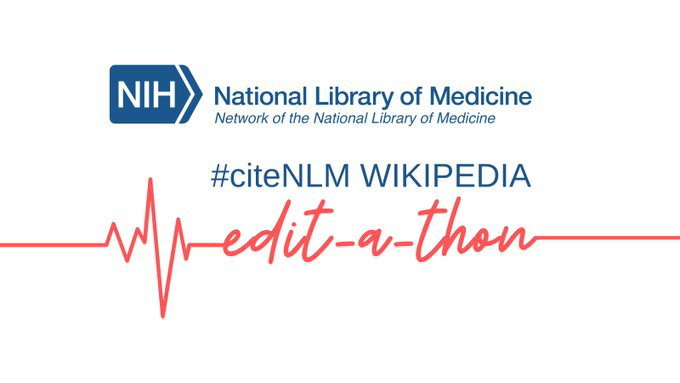One of the most notable characteristics of open access journals is that articles are freely available to read. While that is an essential requirement for any open access (OA) journal, there are other facets of OA that should be considered when selecting a journal. By submitting to a journal that follows OA best practices, your work will be more likely to benefit from increased visibility and citations than from less open journals.
If you are unsure about how to get started with evaluating the openness of a journal, check out the HowOpenIsIt? guide. This resource from the Scholarly Publishing and Academic Resources Coalition (SPARC) outlines the key elements of open access and shows how each element has varying degrees of openness. These elements include reader rights, reuse rights, copyrights, author posting rights, automatic posting, and machine readability.
Reader rights refer to how quickly your article is available for others to read. Does a journal publish articles as OA immediately, or do their articles exist behind a paywall for an embargo period of six months or longer? Also look into the journal’s policies on Creative Commons licenses to find out how your work can be used and built upon with proper attribution. Continue reading

 The Network of the National Library of Medicine (NNLM) runs campaigns twice a year that encourage people to add citations from National Library of Medicine (NLM) resources—such as PubMed and MedlinePlus—to Wikipedia articles related to a chosen theme. The goal of these campaigns is to improve the amount and quality of health information available on Wikipedia.
The Network of the National Library of Medicine (NNLM) runs campaigns twice a year that encourage people to add citations from National Library of Medicine (NLM) resources—such as PubMed and MedlinePlus—to Wikipedia articles related to a chosen theme. The goal of these campaigns is to improve the amount and quality of health information available on Wikipedia.